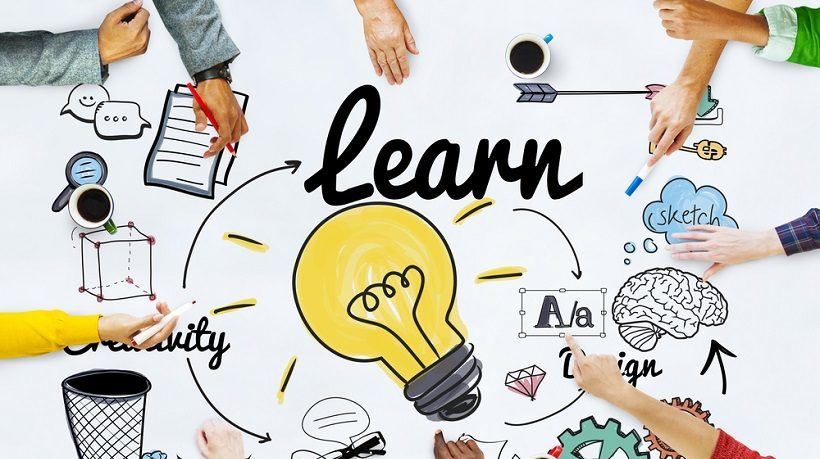How To Develop Deeper Learning Skills
Throughout their education, children are taught to retain and digest information in a certain way. Precedence is given to listening and absorbing rather than thinking critically. Effective eLearning strategies can change this mindset by helping them develop deeper learning skills.
These skills allow children to approach problem-solving and decision-making tasks with innovation and creativity. They increase their ability to spot flaws in existing concepts and discover ways to adapt and improve them. As socio-economic issues continue to disrupt global progress, deeper learning skills could present the next generation with the means to ameliorate international relationships and financial deficiencies.
Educators must adopt strategies that strengthen deeper learning. Currently, online training programs offer the best platform for this purpose, delivering 6 unique methods for the development of transferable skills.
1. Fluid Learning Promotes Critical Thinking
For students to engage in critical thinking, the emphasis of your lessons must switch from passive to active learning. Addressing learners from one focal point won’t encourage them to deconstruct the principles of the lesson for themselves. By shifting the teacher’s role from deliverer to facilitator, students are presented with the opportunity to draw their own conclusions. eLearning reinforces this concept by extending the boundaries of the classroom and enabling online support and 24-hour access to educational resources.
2. Active Participation Reinforces Core Subject Matter
Traditional learning has the tendency to paint core subjects in very broad brushstrokes. eLearning can alter this paradigm of education and offer learners a chance to transfer what they’ve learned into reality. Active participation increases a learner’s understanding of core processes and procedures.
For example, they are following an online training program on ancient civilizations, the multi-media approach of eLearning can help them determine its main takeaways. Provoking intuitive thought of their own can lead them to ask more pertinent questions, such as “how could I use the successes and failures of previous empires to improve today’s society?”.
3. Personalized Lessons Provide Flexible Learning Paths
Bespoke learning strategies are usually the most effective. Children learn at different rates and approach education in varying ways. Online courses can offer flexible learning paths tailored specifically to each child’s needs. While some children will benefit from visual learning activities, others will prefer auditory lessons. In either case, eLearning can equip children with the necessary tools for independent learning. Platforms that enable children to master their individuality will ultimately lead to deeper, more confident thinkers.
4. Online Support Encourages Further Research
Implemented correctly, eLearning can break down the barriers between the classroom and the household. Relevant video tutorials and screencasts can provide children with a gateway to further research. Online training programs give children the freedom to learn and explore at their pace. Video content can be paused and resumed as necessary, providing students with an unlimited resource for information retention. This level of educational freedom can encourage children to seek similar online content and begin creating solutions to the discussed issues.
5. Informal Assessments Motivate Learners
Many students are resistant to formal evaluations, and experts agree that standardized testing isn’t always a fair representation of a child’s intelligence. Through online training programs, teachers have the opportunity to cultivate and improve deeper learning skills without limiting their students. Teachers can provide guidance and feedback via an online medium and keep track of their students’ progress at all times. A child’s ability to understand and investigate a subject can then be determined and adjustments made to optimize their learning experience.
6. Collaborative Learning Prompts Discussion
Traditional learning techniques are often a closed book. While the educator can instill wisdom in their students, there are no reciprocal measures. Children aren’t able to identify which learning strategies best suit their needs, as there is little time for feedback and discussion.
eLearning allows for more fluid teaching methods. Collaboration is a fundamental component of deeper learning and enables students to view critical problems from a variety of perspectives. Online training programs that accommodate goal sharing and promote a culture of communication will ultimately deliver a richer learning experience.

